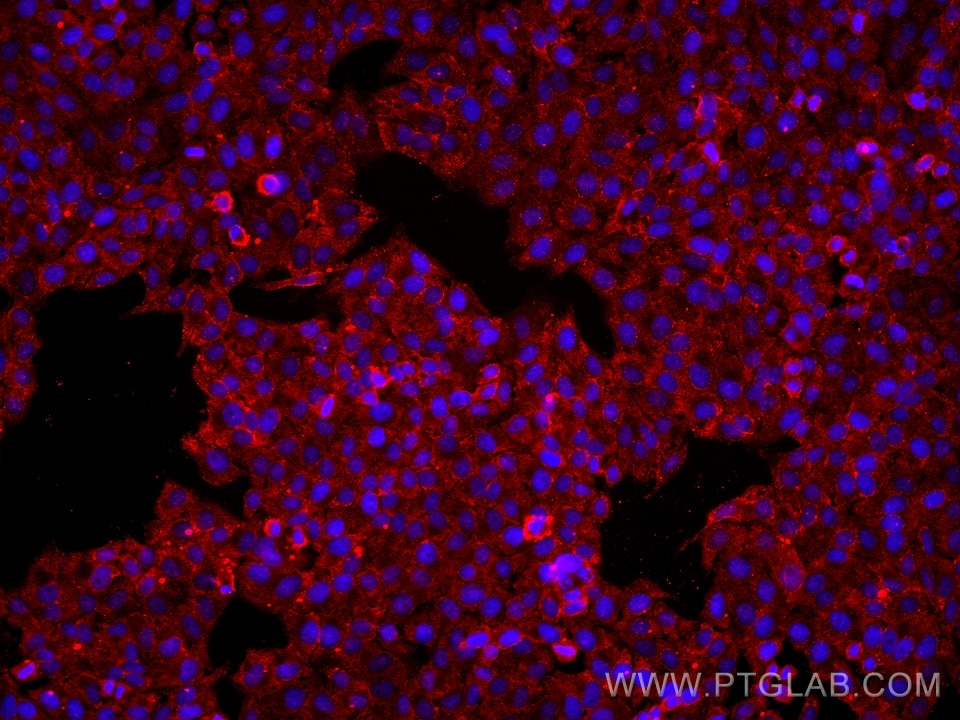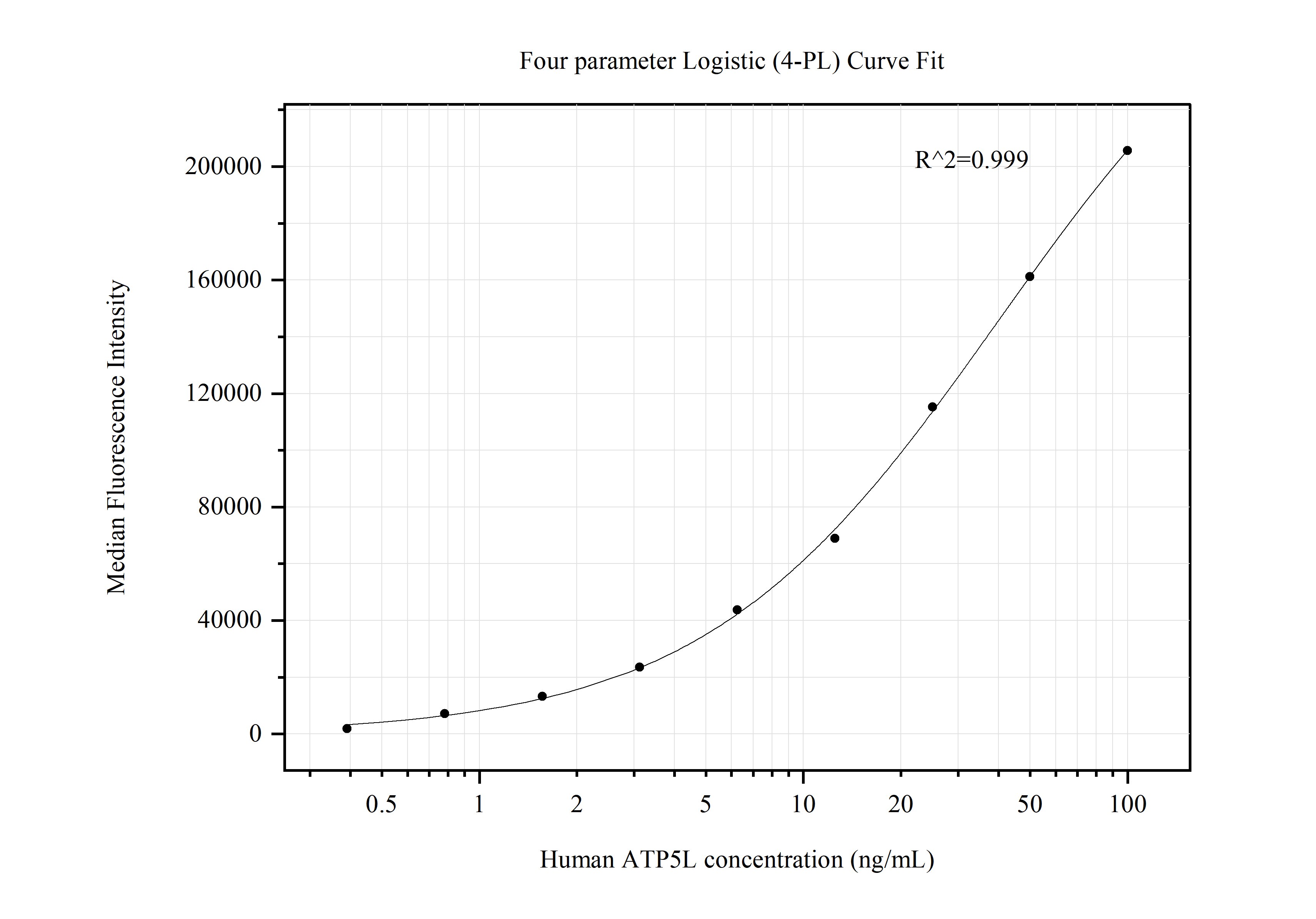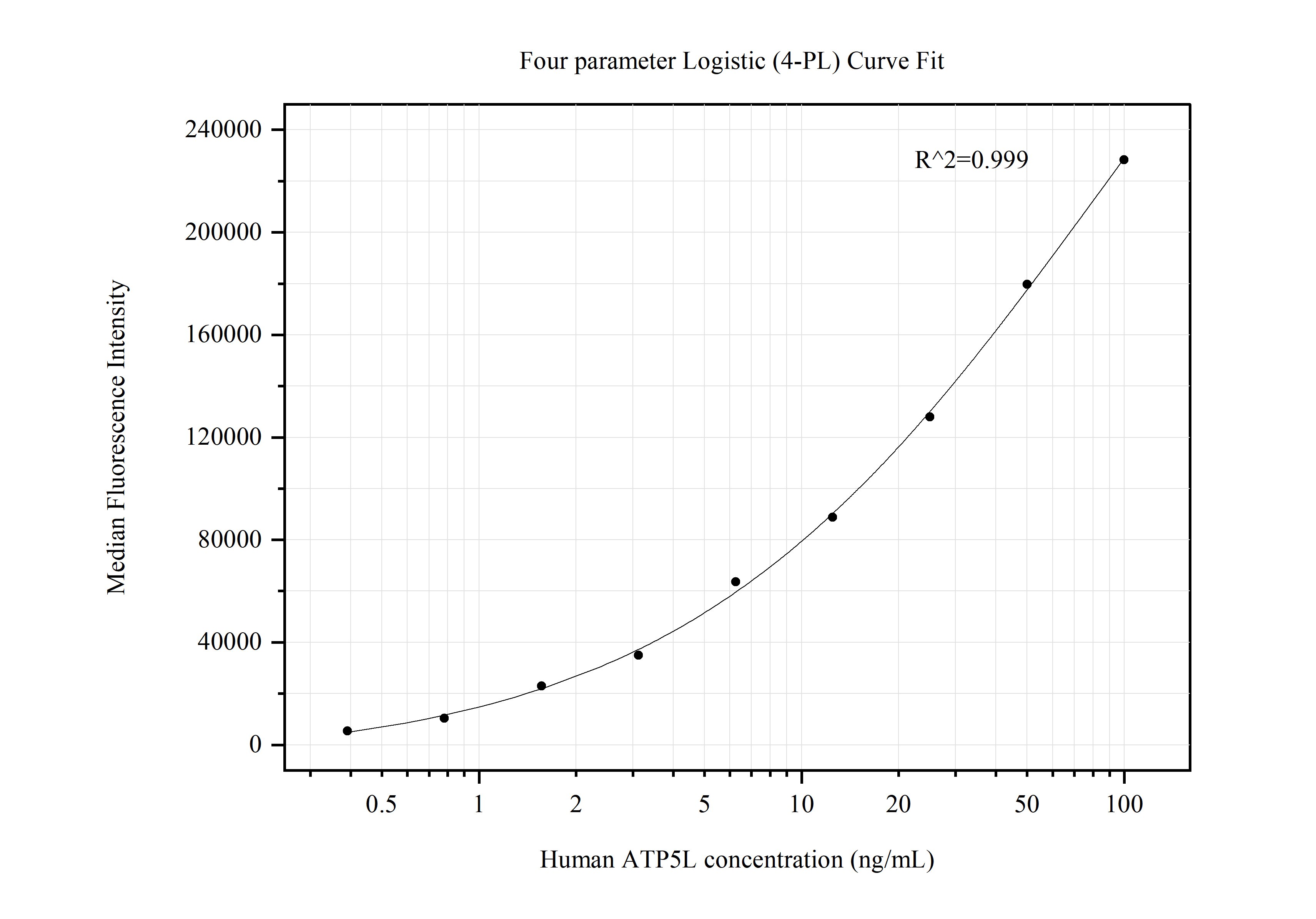Validation Data Gallery
Tested Applications
Recommended dilution
| Application | Dilution |
|---|---|
| It is recommended that this reagent should be titrated in each testing system to obtain optimal results. | |
Product Information
60434-1-PBS targets ATP5L as part of a matched antibody pair:
MP50581-1: 60434-1-PBS capture and 60434-2-PBS detection (validated in Cytometric bead array)
MP50581-2: 60434-1-PBS capture and 60434-3-PBS detection (validated in Cytometric bead array)
Unconjugated mouse monoclonal antibody pair in PBS only (BSA and azide free) storage buffer at a concentration of 1 mg/mL, ready for conjugation.
This conjugation ready format makes antibodies ideal for use in many applications including: ELISAs, multiplex assays requiring matched pairs, mass cytometry, and multiplex imaging applications.Antibody use should be optimized by the end user for each application and assay.
| Tested Reactivity | human |
| Host / Isotype | Mouse / IgG1 |
| Class | Monoclonal |
| Type | Antibody |
| Immunogen | ATP5L fusion protein Ag9287 相同性解析による交差性が予測される生物種 |
| Full Name | ATP synthase, H+ transporting, mitochondrial F0 complex, subunit G |
| Calculated molecular weight | 11 kDa |
| GenBank accession number | BC015128 |
| Gene Symbol | ATP5L |
| Gene ID (NCBI) | 10632 |
| Conjugate | Unconjugated |
| Form | Liquid |
| Purification Method | Protein G purification |
| UNIPROT ID | O75964 |
| Storage Buffer | PBS only{{ptg:BufferTemp}}7.3 |
| Storage Conditions | Store at -80°C. |
Background Information
Mitochondrial membrane ATP synthase (F1-Fo ATP synthase or Complex V) produces ATP from ADP in the presence of a proton gradient across the membrane which is generated by electron transport complexes of the respiratory chain. It is composed of the soluble catalytic core, F1, and the membrane-spanning component and Fo, which comprises the proton channel. The Fo seems to have nine subunits (a, b, c, d, e, f, g, F6 and 8). ATP5L gene encodes ATP synthase subunit g of the Fo complex.


